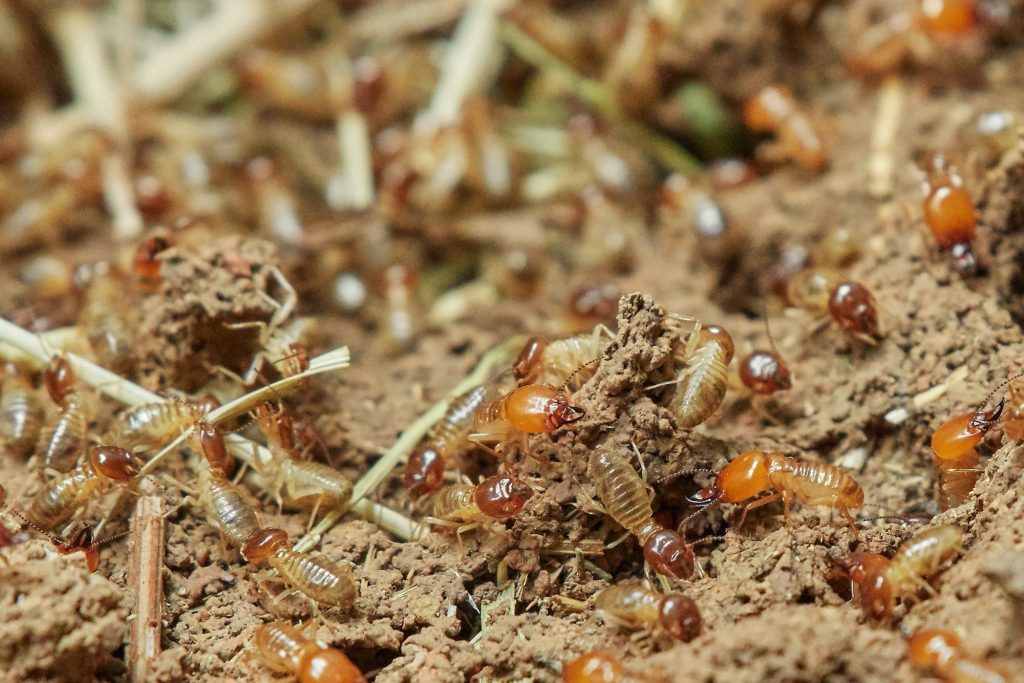Flying Ants vs. Flying Termites: When You Should Worry
Did you know that insects make up a whopping 75% of all known animals? That’s right: insects, including ants and termites, are animals like cats and dogs.
Unfortunately, ants and termites, especially those that fly, aren’t as cute as cats and dogs. Flying ants can be annoying at the very least, while winged termites are destructive.
With that said, it’s best to know how to differentiate flying ants vs. flying termites. This guide will give you an overview of how to tell them apart, so be sure to read on.
What Are Flying Ants?
Flying ants, also known as alates, belong to the insect family, Formicidae. All ants, in turn, are social insects, communicating with their kind using chemicals. They then sniff out these substances with their over 400 odor receptors.
Winged ants aren’t a separate ant species. They’re simply mature ants ready to mate and reproduce.
What About Flying Termites?
Flying termites, also called swarms, are the reproductive units of a termite colony. Like flying ants, swarms are mature termites that also exist to mate. They come out of their nests to reproduce and sustain their colonies.
When you see winged termites, that indicates you have an established infestation. That’s because most colonies produce flying termites after about three to five years.
Differentiating Flying Ants vs. Flying Termites through Appearance
Flying ants and termites are big enough to examine with just a magnifying glass. So, if you manage to catch one, you can give it a closer look to determine if it’s a winged ant or a termite.
If what you’re looking at has a bent pair of antennae and a narrow waist, that’s likely a flying ant. You may also notice an uneven wingspan that gets bigger on the side nearest the insect’s head. Depending on its species, it can be black, brown, or red.
In contrast, you have a flying termite if the insect has a pair of straight antennae and a wide, straight body. Its wings should also be even on both sides, and the body itself may be dark brown or black.
Why You Need to Distinguish Flying Ants vs. Termites vs. Other Pests
That’s because the pest control method you need to use will vary based on what’s bugging you. For example, eradicating flying ants may only involve vacuuming. For hard-to-reach alates, simply spray them with some dish soap diluted in water.
On the other hand, flying termites often require the help of a pest removal professional. That’s because you need to get rid of the colony itself, which may warrant using termiticides.
However, dish soap solutions and termiticides may not work on other pests. For example, bed bug control usually involves using specific chemicals or heat treatment. By contrast, mosquitoes tolerate heat, so you may also need to use another type of chemical on them.
Deal With Those Winged Ants or Termites ASAP
There you have it, your guide to differentiating flying ants vs. flying termites. Just keep in mind that both are mature, reproductive insects, but their looks differ. Moreover, it’s often easy to get rid of winged ants, but winged termites are difficult to eradicate.
If you’re still unsure which pest you have, your best bet is to ring up a pest removal expert. This way, they can identify what’s bugging you, and from there, use proper control methods.
Ready for more educational resources like this? Feel free to have a look at our latest blog posts then!

